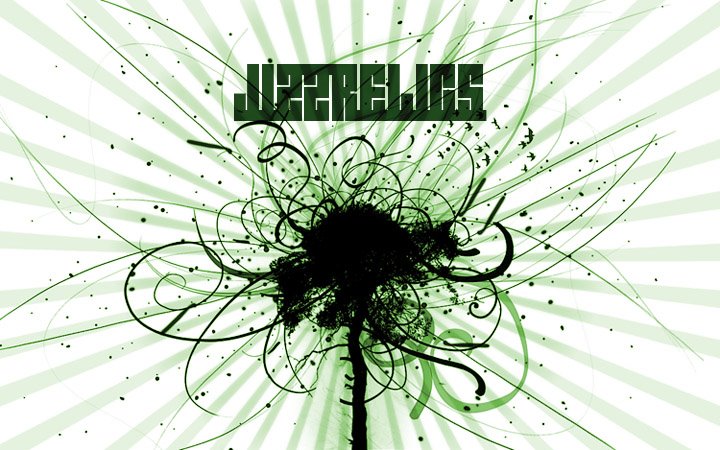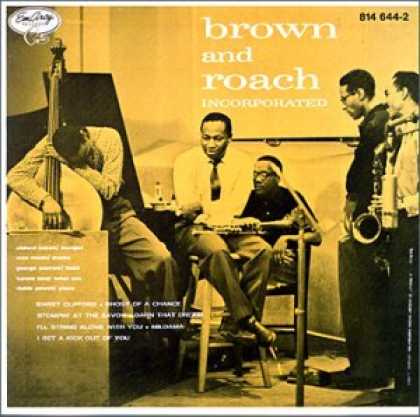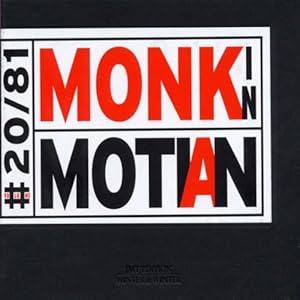First part of what is gonna be a super massive work around Brian Eno's discography. Hope you will enjoy it.
Fripp & Eno - (No Pussyfooting)
Reviews by Ted Mills
ALLMUSICAt the same time Brian Eno was working on Here Come the Warm Jets, he was flexing his experimental muscle with this album of tape delay manipulation recorded with Robert Fripp. In a system later to be dubbed Frippertronics, Eno and Fripp set up two reel-to-reel tape decks that would allow audio elements to be added to a continuing tape loop, building up a dense layer of sound that slowly decayed as it turned around and around the deck's playback head. Fripp later soloed on top of this. No Pussyfooting represents the duo's initial experiments with this system, a side each. "Heavenly Music Corporation" demonstrates the beauty of the setup, with several guitar and synth elements building on top of each other, the music slowly evolving, and Fripp ending the piece with low dive-bombing feedback that swoops over the soundscape, bringing the piece to its conclusion. "Swastika Girls," on the other hand, shows how the system can be abused. With too many disconnected sounds sharing the space, some discordant, some melodic, the resulting work lacks form and structure. Eno and Fripp later refined the system on Evening Star and Eno's solo album Discreet Music. Fripp would take the system and base whole albums and live appearances around it (particularly Let the Power Fall). But it was here on No Pussyfooting where it all started.
DownloadFripp & Eno - Evening Star
Robert Fripp's second team up with Brian Eno was a less harsh, more varied affair, closer to Eno's then-developing idea of ambient music than what had come before in No Pussyfooting. The method used, once again, was the endless decaying tape loop system of Frippertronics but refined with pieces such as "Wind on Water" fading up into an already complex bed of layered synths and treated guitar over which Fripp plays long, languid solos. "Evening Star" is meditative and calm with gentle scales rocking to and fro while Fripp solos on top. "Wind on Wind" is Eno solo, an excerpt from the soon to be released Discreet Music album. The nearly 30-minute ending piece, "An Index of Metals," keeps Evening Star from being a purely background listen as the loops this time contain a series of guitar distortions layered to the nth degree, Frippertronics as pure dissonance. As a culmination of Fripp and Eno's experiments, Evening Star shows how far they could go.
DownloadFripp & Eno - The Equatorial Stars
Almost 30 years on since Evening Star, Robert Fripp and Brian Eno resume their collaboration, and remarkably, they seem to have picked up right where they left off. Remarkably, because Fripp's more recent soundscaping has had a different quality than either his collaborations with Eno or his proper "Frippertronics" albums like Let the Power Fall or the solo side of God Save the Queen/Under Heavy Manners. Surely they're not back to using the old Revox tape machine setup, but having Eno in the producer's chair (not to mention making his own musical contributions) seems to add a warmth that's been missing from albums like 1999. But much like Evening Star showed a progression from No Pussyfooting, The Equatorial Stars is another step forward while retaining all the same elements as their previous work together. On "Meissa," there's just a bit of glitch periodically applied to the background keyboards and guitar harmonics with Fripp soloing softly over the top. "Lyra" is even prettier, and you can really hear Fripp's guitar lines trailing off into the distance. His tone here is less saturated than on the earlier albums, but there's just as much sustain and his playing is beautiful and lyrical. "Ankaa" bears the strongest resemblance to the material on Evening Star, with that classic "Frippertronics" guitar tone. And just as their previous efforts were mostly, but not entirely, placid, The Equatorial Stars takes on a slightly more aggressive tone (if you can call it that) toward the end. "Lupus" adds the pulse of a heartbeat and a bit of sonic scuzz to the mix, and "Terebellum" takes on a slightly more ominous tone. Most surprising is "Altair," which almost gets funky with a bit of bass and some chicken scratch rhythm guitar work. While Fripp is nominally at the forefront on The Equatorial Stars, Eno's contributions and excellent production are just as important. There seems to be a genuine synergy when these two work together, and The Equatorial Stars is a worthy successor to their earlier brilliant albums together.
Download
 Maybe it was the supportive European crowd, largely acknowledged as a sympathetic bunch when it comes to American jazz, or the fact that innovator and iconoclast Ornette Coleman , after a two-year hiatus, was in full sprint at the end of 1965. Regardless of the extraneous factors, some of the alto saxophonist's most joyous and musically together moments can be heard among the 15 performances captured at the Golden Circle in Stockholm.
Maybe it was the supportive European crowd, largely acknowledged as a sympathetic bunch when it comes to American jazz, or the fact that innovator and iconoclast Ornette Coleman , after a two-year hiatus, was in full sprint at the end of 1965. Regardless of the extraneous factors, some of the alto saxophonist's most joyous and musically together moments can be heard among the 15 performances captured at the Golden Circle in Stockholm. 












